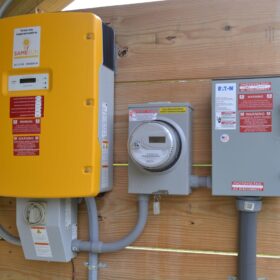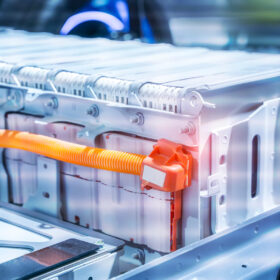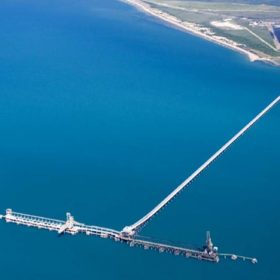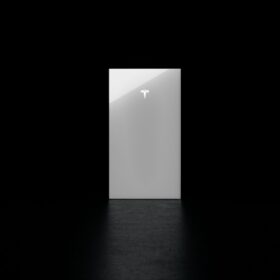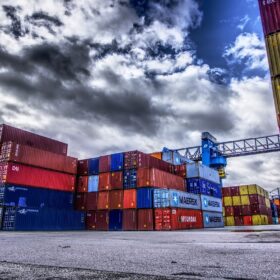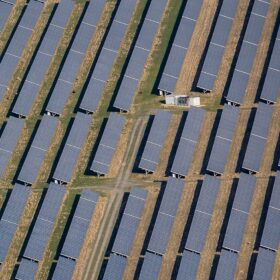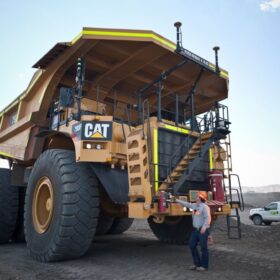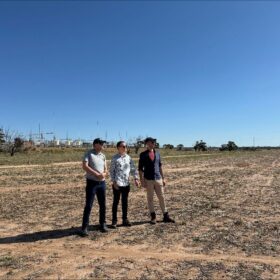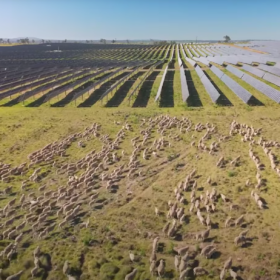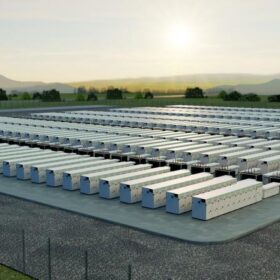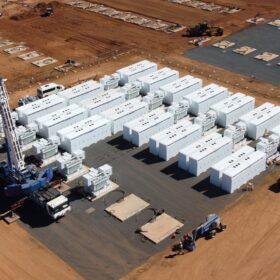How long do residential solar inverters last?
A range of different factors can affect the productive lifespan of residential solar inverters.
Lithium-ion batteries: NMC, LFP, LTO – what’s the difference?
With battery storage such a crucial aspect of the energy transition, lithium-ion (li-ion) batteries are frequently referenced but what is the difference between NMC (nickel-manganese-cobalt), LFP (lithium ferro-phosphate), and LTO (lithium-titanium-oxide) devices and their underlying chemistry?
Weekend read: More than ‘an alternative’
Sodium-ion batteries could diversify the battery supply chain and take the weight off the shoulders of ubiquitous lithium-ion technology. pv magazine sits down with Florian Kogler, head of safety and user experience at Austrian sodium-ion battery business Kite Rise, to discuss the technology’s potential and the company’s development plans for batteries made in Europe.
1 GW North Queensland hydrogen project gains a new international partner
Japanese company IHI Corporation, which specialises in green ammonia technology to decarbonise industry, has joined the consortium of companies developing the green hydrogen hub HyNQ – North Queensland Clean Energy Project.
Tesla launches Powerwall 3 battery
Tesla has launched the Powerwall 3 battery with an energy capacity of 13.5 kW and continuous on-grid power of 11.5 kW, featuring dimensions of 110 cm x 61 cm x 19.3 cm and a weight of 130 kg.
New figures provide clarity on solar module glut, ‘dumping’ prices
German PV analyst Karl-Heinz Remmers looks at current price trends in the global and European PV industry. The figures he provides could explain how overcapacity and warehouses full of PV modules are affecting market prices.
A terawatt of solar module capacity expected within 16 months
Clean Energy Associates projects that major Chinese manufacturers will achieve a global solar module manufacturing capacity of 1 terawatt by the end of 2024. Furthermore, this capacity is projected to hit that same mark within China’s borders by 2025.
Report exposes Australia’s biggest fossil fuel subsidy and how mining industry could be better served
A new report by Climate Energy Finance has revealed Australia’s diesel Fuel Tax Credit Scheme disincentivises growth in future industries and will cost taxpayers $37 billion (USD 23.8b) in lost tax revenue by 2030. The report also illustrates how capping these rebates represents a multifaceted advantage for Australian manufacturing of low and zero-emission mining vehicles.
Overcapacity hammering solar stocks
BloombergNEF Senior Analyst Jenny Chase and Aurora Energy Research Renewables Lead Rebecca McManus speak with pv magazine about financial market trends for solar companies and the role of overcapacity as a driver of turbulence in the industry.
Liquid hydrogen test flight could enable long-distance flights
H2FLY claims that a recent three-hour test flight, entirely powered by liquid hydrogen, could lead to sustainable long-range flights fuelled by liquefied, cryogenic hydrogen. Solaris, meanwhile, has started selling hydrogen buses in Italy.
